Self-propelled wheelchairs are a fantastic option for those who want to stay active and in control of their mobility. These wheelchairs let you navigate your environment with ease, whether you’re at home or out and about. With a little push from you, they offer the independence and freedom to go wherever you want.
Self Propelled Wheelchairs
Discover your independence with our range of self propelled wheelchairs designed for easy maneuverability and comfort
Product List
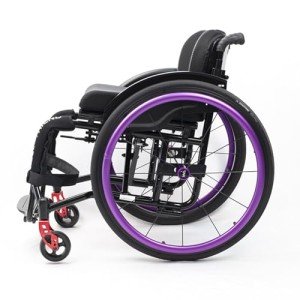
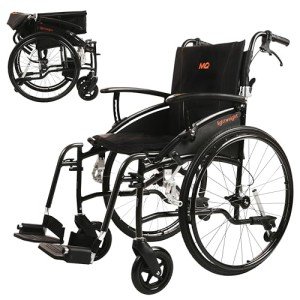
Folding Manual Wheelchair with Wheels
Mobiquip
Product Review Score
4.47 out of 5 stars
40 reviews£309.00
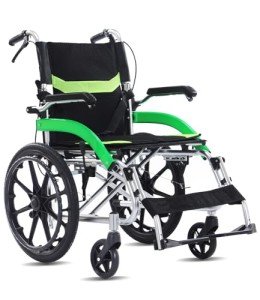
Portable Folding Wheelchair - 9kg
Broobey
Product Review Score
4.42 out of 5 stars
38 reviews£210.00
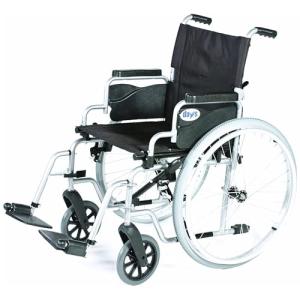
Days Whirl Self-Propelled Wheelchair
Days Mobility
Product Review Score
4.48 out of 5 stars
205 reviews£219.99
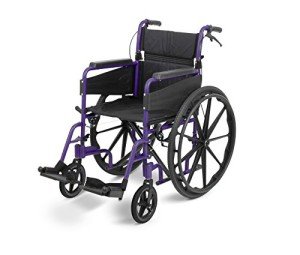
Lightweight Self-Propelled Wheelchair
Days Mobility
Product Review Score
4.51 out of 5 stars
69 reviews£199.99
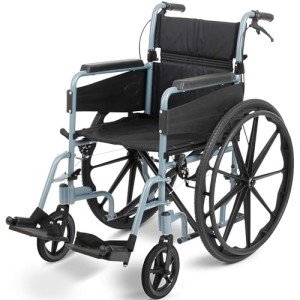
Escape Lite Folding Wheelchair
Days Mobility
Product Review Score
4.33 out of 5 stars
19 reviews£197.99
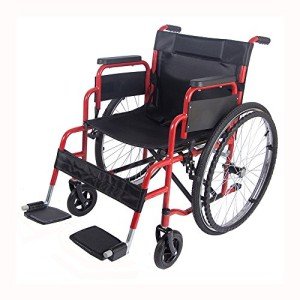
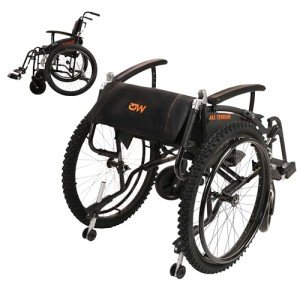
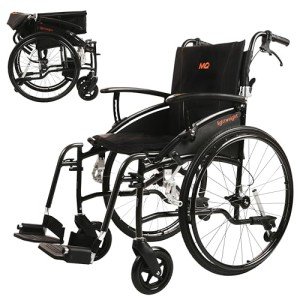
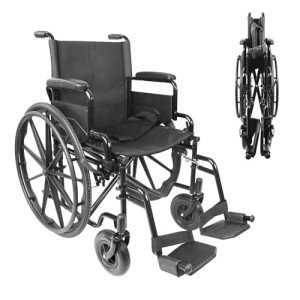
Pepe Foldable Self-Propelled Wheelchair
Pepe Mobility
Product Review Score
4.17 out of 5 stars
211 reviews£199.99
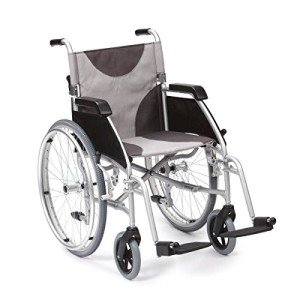
Drive Devilbiss 17" Wheelchair
Devilbiss Healthcare
Product Review Score
4.61 out of 5 stars
159 reviews£229.00 £209.00
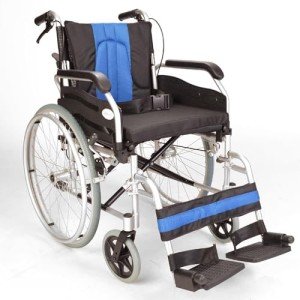
Folding Self-Propel Wheelchair
Elite Care
Product Review Score
4.97 out of 5 stars
124 reviews£199.99
Wheelchairs have long played a critical role in enhancing mobility and independence for individuals with physical disabilities. Among the various types of wheelchairs available today, self-propelled wheelchairs stand out for their unique combination of user autonomy and practical design. This blog post explores self-propelled wheelchairs in detail, including their benefits, features, and considerations for potential users.
What is a Self-Propelled Wheelchair?
A self-propelled wheelchair is a type of wheelchair designed to allow the user to move independently without relying on others for propulsion. These wheelchairs are equipped with large rear wheels that a user can grasp and push to maneuver their chair. Alternatively, users can also opt to have a caregiver push the chair from the rear handles.
Key Features of Self-Propelled Wheelchairs
-
Large Rear Wheels: Typically 24 to 26 inches in diameter, these wheels are essential for self-propulsion.
-
Lightweight Frame: Many self-propelled wheelchairs feature lightweight materials, enhancing maneuverability and portability.
-
Foldable Design: Many models can be folded down for easy transport, making them ideal for users who travel frequently.
-
Adjustable Armrests: Most self-propelled options include armrests that can be adjusted for comfort and accessibility.
-
Wheelchair Accessories: Users can customize their wheelchairs with accessories like storage bags, footrests, and cushions.
Benefits of Self-Propelled Wheelchairs
Self-propelled wheelchairs can offer numerous advantages, including:
| Benefit | Description |
|---|---|
| Increased Independence | Users can move around without needing assistance from caregivers or others. |
| Fitness and Health | Self-propulsion provides some physical activity, aiding in upper body strength. |
| Cost-Effective | Over time, using a self-propelled wheelchair can reduce reliance on caregivers. |
| Variety of Designs | Users can choose from various models, colors, and materials to suit their needs. |
Choosing the Right Self-Propelled Wheelchair
Selecting a self-propelled wheelchair involves several considerations that can cater to individual preferences and requirements. The following list outlines essential factors to consider:
1. User’s Physical Condition
Understanding the user’s physical capabilities is crucial. Some users may require lightweight options, while others may benefit from more robust models.
2. Size and Dimensions
Choosing the right size ensures that the wheelchair provides proper support and maneuverability. Specifications such as seat width, height, and depth should align with the user's body configuration.
3. Weight Capacity
Check the weight capacity of the wheelchair to ensure it meets the durability requirements for the user.
4. Wheel Size
The diameter of the rear wheels can affect the ease of propelling the chair. Larger wheels can navigate uneven terrain more efficiently.
5. Materials
Modern wheelchairs can be constructed from various materials, including aluminum and carbon fiber. The choice affects the weight, durability, and cost of the chair.
6. Budget
Self-propelled wheelchairs come in a wide price range. Establishing a budget will help narrow down the options.
7. Customizability
Consider the availability of accessories, such as cushions, footrests, and storage options, that can enhance comfort and practicality.
Frequently Asked Questions (FAQs)
Q1: How do I maintain a self-propelled wheelchair?
A1: Regular maintenance includes checking and inflating tires, cleaning the frame, and inspecting brakes and upholstery for wear and tear.
Q2: Can self-propelled wheelchairs be used outdoors?
A2: Yes, self-propelled wheelchairs are designed for both indoor and outdoor use. Models with larger wheels or all-terrain features can better navigate uneven surfaces.
Q3: Are there any limitations to using a self-propelled wheelchair?
A3: Users with limited upper body strength may find propulsion challenging, and some may prefer a power wheelchair instead.
Q4: Can I take a self-propelled wheelchair on public transport?
A4: Most public transport systems accommodate self-propelled wheelchairs, but always check individual regulations and guidelines beforehand.
Q5: What types of terrain can a self-propelled wheelchair handle?
A5: Though self-propelled wheelchairs can be used on various surfaces, the type and size of wheels will significantly impact how well the chair performs on rough or uneven terrain.
Self-propelled wheelchairs represent a significant advancement in the realm of mobility aids, empowering individuals with independence while offering countless practical benefits. By understanding the features, selection criteria, and maintenance requirements, potential users and their caregivers can make informed decisions that enhance mobility and quality of life. As technology and design continue to evolve, the future of self-propelled wheelchairs looks promising, opening doors to even greater accessibility and freedom for those who depend on them.
In evaluating the appropriateness of a self-propelled wheelchair, it’s important to consider individual needs, preferences, and lifestyle factors. Exploring options with a healthcare professional or mobility specialist can help ensure users find the best fit for their unique circumstances.